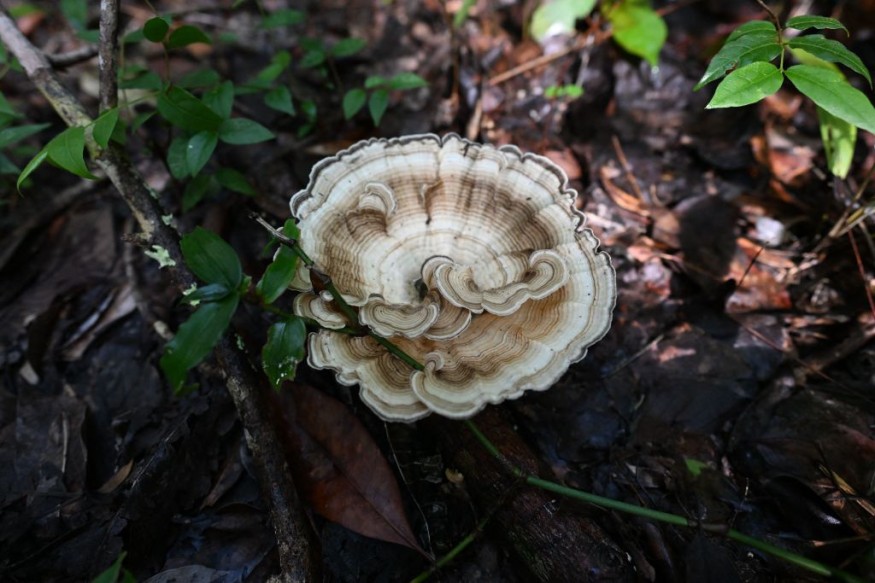
A group of scientists studying infectious diseases and medicine have discovered evidence supporting the hypothesis that fungi may become more hazardous to people as the earth warms.
Adapt To The Growing Warmth
Fungal infections in humans were not thought to pose much of a hazard during the majority of modern history. There have been very few fungal illnesses, except for ringworms, nail infections, and yeast infections in women.
Since physicians have been reporting an increase in uncommon forms of fungal infections, that has started to change a little bit in recent years.
Previous studies have claimed that because fungi prefer colder temperatures than those found in and on the bodies of mammals, this is the reason they have not posed a greater danger until recently. However, as the researchers involved in this new study have discovered, that might be about to change.
Experts in infectious diseases have been forecasting an increase in many forms of fungal infections in humans in response to global warming. They propose that fungi will eventually adapt to the growing warmth of their surroundings and find the human body to be a suitable place to live.
During the years 2009-2019, the Chinese team investigated 96 hospitals for fungal diseases. Thousands of fungal strains were discovered, including one that had never before been known to infect people and that they discovered in two unrelated cases
Additionally, they discovered that it was resistant to two of the most widely used categories of treatments for fungal infections.
Motivated by curiosity, scientists injected lab mice with compromised immune systems with blood contaminated with the same sort of fungus that was gathered from the natural environment.
Scientists discovered two interesting things: the fungus flourished and transformed into a more aggressive form of itself.
Subsequently, they heated the fungal infection in a lab dish to 37 degrees Celsius, which is the same temperature as a human's body, and discovered that this caused it to become resistant to several anti-fungal drugs.
According to Linqi Wang, a microbiologist at the Chinese Academy of Sciences' Institute of Microbiology and co-author of a paper on the fungi, the result "supports the idea that global warming may contribute to the evolution of this fungal pathogen or other new fungal pathogens."
Not Yet A Threat
Fungal disease epidemiologist Matthew Fisher of Imperial College London does not yet consider it to be a growing danger. He believes humans rarely come into contact with related species because they have been discovered in the Dead Sea, the Baltic Sea, and Antarctic soil.
His initial impression is that these yeasts exist in unstudied conditions in China, and the two patients who were exposed to them were unfortunate.
Some experts said it's too early to tell, but they expect additional researchers to experiment with growing fungi at greater temperatures. They note that while it is improbable that they will all begin to change further, it is concerning if it occurs frequently enough that the pattern begins to recur.
© 2025 NatureWorldNews.com All rights reserved. Do not reproduce without permission.





